Water Heaters Need Cleaning Too!
When was the last time you cleaned your water heater? If this is a task that you’ve fallen behind on, autumn is the perfect time to get back on schedule. With colder months ahead, you definitely want to make sure that your water heater is in good condition and that it will be working smoothly throughout the winter months. After all, no one wants a cold shower on a freezing winter morning!
Too often, water heater maintenance is overlooked or put off. Today we’re going to talk about some of the basics of hot water heater flushing in hopes of making sure that your water heater is clean and well maintained this fall.
How Often Should You Clean Your Water Heater?
It might surprise you to learn that you should clean your water heater at least once a year. Sediment and minerals are continually building up in your water heater. If you don’t regularly clean and flush your tank, this sediment will continue to build up and create problems for both your hot water heater and your plumbing.
By doing a flushing every year gets rid of excess sediment, which makes your water heater more efficient. Staying on top of this maintenance also extends the lifespan of your water heater and minimizes the risks of leaks or other water heater plumbing issues. To make sure that you stay up to date on this project, add water heater flushing to your fall to-do list. It’s the perfect time of year to complete this annual maintenance.
 Is Your Water Heater Due for a Cleaning?
Is Your Water Heater Due for a Cleaning?
Sometimes even if you regularly clean your water heater, you will see some signs that it needs to be flushed out. If you hear banging sounds from your water heater, if you get less hot water than usual or if you see sediment in the drain valve, it’s likely time to clean out your water heater.
If you notice any of these things, it’s a good idea to clean your water heater as soon as possible to avoid damage to your unit. Being aware of the signs that your water heater needs to be cleaned is an easy way to avoid a plumbing headache or potentially a plumbing emergency.
When Is It Time to Install a New Water Heater?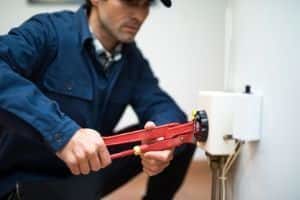
Unfortunately, even if you properly maintain and clean your water heater, at some point it’s going to need to be replaced. Rather than waiting until it completely goes out or starts leaking, try to be proactive about replacing it.
There are often signs that your water heater is about to go out. If your hot water is lukewarm, cloudy or has rust in it, it could mean that your water heater needs to be replaced. Further, if you hear banging sounds from your water heater even after it’s cleaned or if your tank is leaking, it could mean that it’s time for a new unit. If you notice any of these symptoms, it’s a good idea to have your unit inspected to determine if it’s time to replace it.
We hope you’ll check and clean your water heater this fall. If you need any help with this process or have any concerns about your water heater, call Water Heater Medic today at (860) 896-3342.


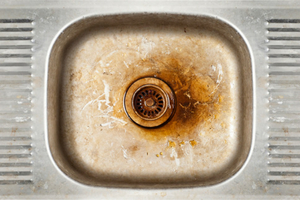 One notorious cause of smells coming up from your sink is the buildup of residue just inside the drains.
One notorious cause of smells coming up from your sink is the buildup of residue just inside the drains.  Would you identify the odor as the smell of rotten eggs? Sulfur might be contaminating the water or plumbing in your Vernon, CT home if certain chemical conditions in your water, pipes, or soil create sulfuric gases.
Would you identify the odor as the smell of rotten eggs? Sulfur might be contaminating the water or plumbing in your Vernon, CT home if certain chemical conditions in your water, pipes, or soil create sulfuric gases.  No question, having these awful smells in your home can be very disruptive. It might lead to avoid certain rooms or entertain less often.
No question, having these awful smells in your home can be very disruptive. It might lead to avoid certain rooms or entertain less often.  Once a pipe is broken, or your backflow mechanisms have been damaged then it is quite easy for your home to become contaminated with many different types of pathogens.
Once a pipe is broken, or your backflow mechanisms have been damaged then it is quite easy for your home to become contaminated with many different types of pathogens. Many of the strategies that plumbers use to battle health issues due to unclean water in the home and the community are preemptive ones.
Many of the strategies that plumbers use to battle health issues due to unclean water in the home and the community are preemptive ones. The best way to help your plumber be a superhero is to follow his advice to install low-flow toilets, showerheads, and faucets in your home.
The best way to help your plumber be a superhero is to follow his advice to install low-flow toilets, showerheads, and faucets in your home.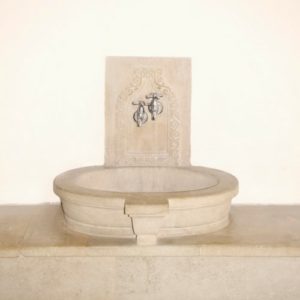 It was the ancient Egyptians who first introduced plumbing to mankind, thanks to a ruler named Menes who built a series of ditches and canals to help train water towards farms and city dwellings.
It was the ancient Egyptians who first introduced plumbing to mankind, thanks to a ruler named Menes who built a series of ditches and canals to help train water towards farms and city dwellings. Before the invention of running water and flush toilets, even kings and queens had to put up with less than sanitary conditions, which inspired Marie Antoinette to invent a special strong smelling perfume in order to cover up the smell of 17th-century day-to-day living.
Before the invention of running water and flush toilets, even kings and queens had to put up with less than sanitary conditions, which inspired Marie Antoinette to invent a special strong smelling perfume in order to cover up the smell of 17th-century day-to-day living. By 1910, the contemporary closed toilet bowl and tank that is used by citizens of South Windsor, CT today had been invented and the basic design has not really changed since then.
By 1910, the contemporary closed toilet bowl and tank that is used by citizens of South Windsor, CT today had been invented and the basic design has not really changed since then. Just because it’s summer doesn’t mean you need to do away with your
Just because it’s summer doesn’t mean you need to do away with your  Everyone knows that keeping the sprinkler on 24/7 to protect your lawn is wasteful. Instead, make the most of your sprinkler time by letting the kids run through the water and cool down at the same time!
Everyone knows that keeping the sprinkler on 24/7 to protect your lawn is wasteful. Instead, make the most of your sprinkler time by letting the kids run through the water and cool down at the same time! Water fights are a fun part of summer and nothing is more enticing than a bucket filled with gently jiggling, colorful water balloons. But water balloons only offer a one-time use, which can be wasteful.
Water fights are a fun part of summer and nothing is more enticing than a bucket filled with gently jiggling, colorful water balloons. But water balloons only offer a one-time use, which can be wasteful. If you find yourself in a pinch for a quick and inexpensive summer activity, try making a DIY slip and slide course out of materials found in your own home.
If you find yourself in a pinch for a quick and inexpensive summer activity, try making a DIY slip and slide course out of materials found in your own home. Games are always a hit when it comes to outdoor fun. Try this minute-to-win-it style game by placing a full bucket and empty bucket away from each other. Participants will have to fill the empty bucket using water from the full one.
Games are always a hit when it comes to outdoor fun. Try this minute-to-win-it style game by placing a full bucket and empty bucket away from each other. Participants will have to fill the empty bucket using water from the full one.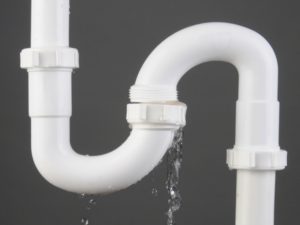
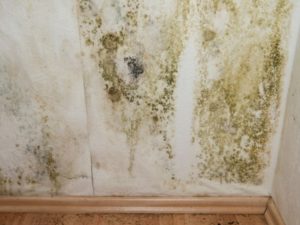 They have damaging effects that many homeowners would much rather avoid including:
They have damaging effects that many homeowners would much rather avoid including:
 Sometimes, your kitchen or bathroom renovation will involve having to knock down a wall, exposing your home’s pipe system.
Sometimes, your kitchen or bathroom renovation will involve having to knock down a wall, exposing your home’s pipe system.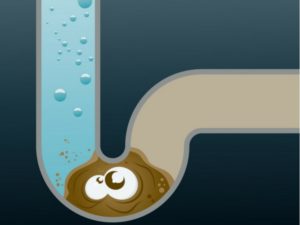
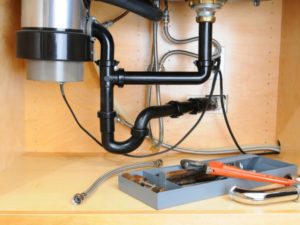 The sulfurous smells can also be caused by a vent pipe on your roof blocked with bird nest or other debris.
The sulfurous smells can also be caused by a vent pipe on your roof blocked with bird nest or other debris.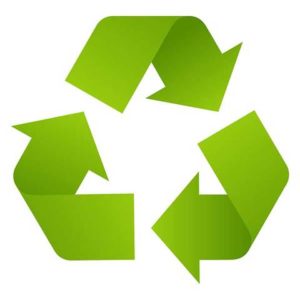 Earth Day will be celebrated worldwide on April 22nd. Earth Day stands to spread awareness on the importance of environmental protection, and the steps individuals can take in their daily lives to move towards a healthy and sustainable existence.
Earth Day will be celebrated worldwide on April 22nd. Earth Day stands to spread awareness on the importance of environmental protection, and the steps individuals can take in their daily lives to move towards a healthy and sustainable existence. Low-flush toilets
Low-flush toilets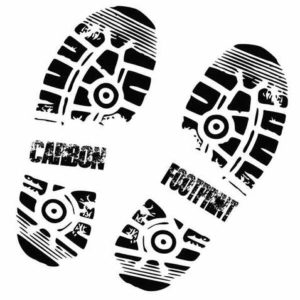 Reduce Your Carbon Footprint
Reduce Your Carbon Footprint World Water day will be celebrated on March 22nd, 2017. This day focuses attention on our planet’s
World Water day will be celebrated on March 22nd, 2017. This day focuses attention on our planet’s  The production of factory farm raised meat, and our reliance on water-heavy crops such as corn, wheat, and rice makes up a large percentage of the freshwater used.
The production of factory farm raised meat, and our reliance on water-heavy crops such as corn, wheat, and rice makes up a large percentage of the freshwater used.